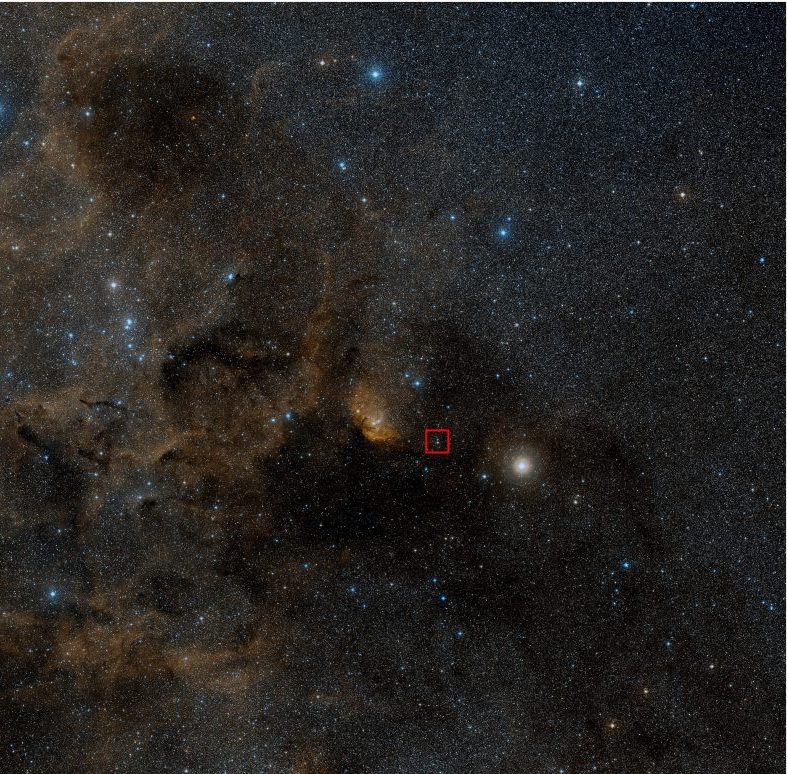A new study suggests that one of the closest black holes to Earth, and the first ever detected, is both farther away and more massive than we thought.
The study – published February 18, 2021 in the peer-reviewed journal Science – says that Cygnus X-1 is about 7,200 light-years from Earth, 20% farther away than astronomers had previously believed. Before the study’s new measurements, the black hole was believed to be about 6,100 light-years away and 15 times the mass of the sun. With an increase in distance, Cygnus X-1 is now believed to be 50% larger than previous estimates. That would make this black hole about 21 times the mass of our sun.
The new measurements make Cygnus X-1 the most massive stellar-mass black hole ever found without the use of gravitational waves.

The conclusions of the new study come from new observations of the distance to the black hole. An international team of astronomers calculated the new values after time spent observing Cyg X-1 with the Very Long Baseline Array. The Very Long Baseline Array is a radio telescope made up of 10 different dishes spread across half the globe: from Hawaii, to locations scattered over the continental United States, to the U.S. Virgin Islands. The telescope uses not only its wide-spread dishes but the orbit of Earth around the sun, as shown in the video below. This telescope array can record time-lapse movies of supercharged gas speeding away from black holes.
The astronomers used measurements taken of Cyg X-1 and its environs from 2011 and compared them to recent observations taken over a six-day period. By noting how much the black hole and associated gas and dust moved compared to background stars, they could get an estimate of how far away the black hole is.
The new measurements are challenging what astronomers know about this class of black holes. Ilya Mandel of Monash University and the ARC Centre of Excellence in Gravitational Wave Discovery explained:
Stars lose mass to their surrounding environment through stellar winds that blow away from their surface. But to make a black hole this heavy, we need to dial down the amount of mass that bright stars lose during their lifetimes. The black hole in the Cygnus X-1 system began life as a star approximately 60 times the mass of the sun and collapsed tens of thousands of years ago. Incredibly, it’s orbiting its companion star – a supergiant – every 5 1/2 days at just 1/5 of the distance between the Earth and the sun. These new observations tell us the black hole is more than 20 times the mass of our sun, a 50% increase on previous estimates.
These extremes have an implication for the spin rate of the black hole as well. Cygnus X-1 is now believed to rotate close to the speed of light and faster than any other black hole found to date.

Bottom line: New measurements of the distance to the black hole known as Cygnus X-1 reveal it to be farther away and therefore more massive than previously believed.
Source: Cygnus X-1 contains a 21-solar mass black hole – Implications for massive star winds
A few 2021 lunar calendars left! Order yours before they’re gone.











